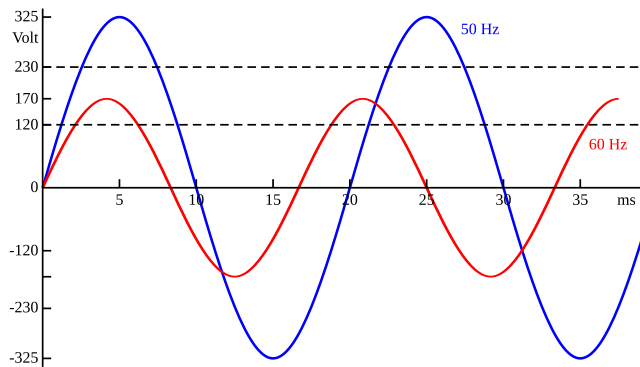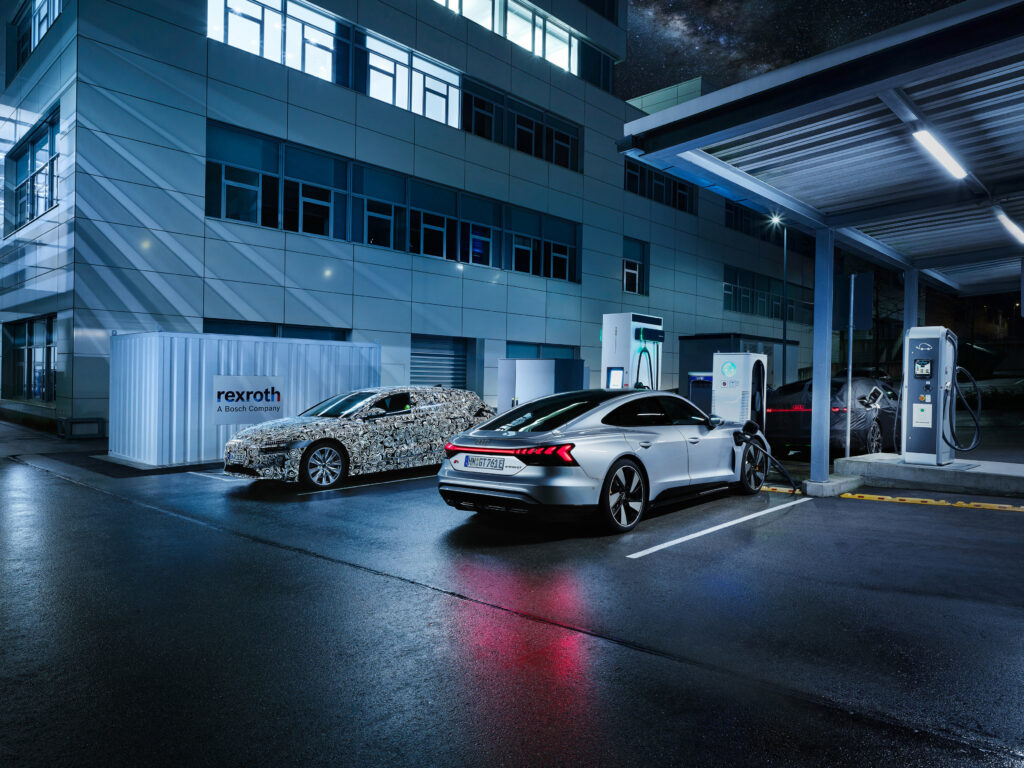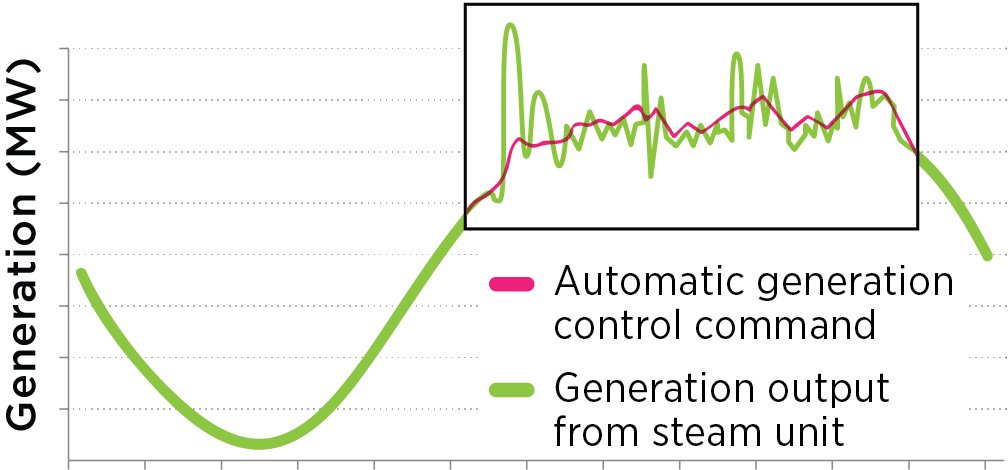It’s common knowledge that electrical outlets are not consistent around the world, and many are also aware that the U.S. voltage is lower than European voltage. However there is quite a lot of other significant variability, as shown in the following map, which electric vehicle and EV charger manufacturers must accommodate.

In order to test EVs and EV chargers under the many conditions around the world, certain auto manufacturers are using equipment which can simulate these varying grid conditions. The flexible 500 kW simulator shown in the image above was developed by Bosch Rexroth in collaboration with its partner company Schmidbaur and Audi.
Such testing is critical because if a device is designed for a specific voltage, for example 120 volts and 60 Hertz, as is common in North America, then it cannot be operated with the 230 volts and 50 Hertz that are standard in Europe. Audi’s system can deliver voltages between 100 and 540 volts and frequencies between 40 and 65 Hertz. It supports single-phase, two-phase, and three-phase networks, as well as split-phase operation. “With the grid simulator, we can test whether our models can successfully charge with charging stations in the US or China, for example,” explains Audi project manager Daniel Ettinger.
This capability enables the company to:
- Ensure its vehicles can charge under a variety of conditions;
- Test equipment (EVs and chargers) economically in a single location without having to travel around the globe to experience real-world situations;
- Refine software for optimal charging performance given the grid attributes in the market where the vehicle will be sold; and
- Equip its vehicles to be able to export power in sync with the local grid.
In order for a vehicle to provide grid services such as frequency response, the vehicle must do so at the proper voltage and frequency. The following graph illustrates two different waveforms. To be compatible, the energy source and load must by in sync.

Vehicle batteries are well positioned to take advantage of imperfections in the grid through their ability to adjust output or consumption in response to an automated signal from the grid operator. In so doing, vehicles can earn market-based compensation.
One such product is called “regulation,” which corrects for short-term changes in electricity use that might affect the stability of the power system. In technical terms, the main goal of regulation is to keep the system’s area control error, also called ACE, within acceptable bounds. ACE is the difference between scheduled and actual electrical generation, accounting for variations in the system’s frequency. The following image (Source: PJM) illustrates the fluctuations in energy use that can happen in a matter of seconds. Regulation helps stabilize the system instantaneously to balance this supply and demand mismatch. (This is a conceptual image only and not an actual representation of a regulation signal.)
In short, regulation helps match generation and demand to keep the grid functioning normally by:
- Maintaining a system frequency of 60 Hertz
- Tracking moment-to-moment fluctuations in customer electricity use
- Correcting for unintended fluctuations in generation (such as a large generating unit disconnecting from the system)
- Managing differences between forecasted or scheduled power flow and actual power flow on the system
For more information about EVs and EV charging, including Vehicle to Grid (V2G) and Vehicle-Grid Integration (VGI), I invite you to contact me or connect with me on LinkedIn.


